We reached Izushi in about 50 minutes using a bus from the “Genbudo” park. Izushi is an Izushi castle town and is called “Little Kyoto.” (There are many so-called “Little Kyoto” towns throughout Japan. ) It is also famous for “soba” (Izushi soba). We went to a soba shop for lunch.
We visited “Izushi Eirakukan,” “Karo-Yashiki,” “Ruins of Izushi Castle,” “Izushi Shiryokan,” and “Sake Brewery” in Izushi.
This is “Izushi Eirakukan.” This is a traditional Japanese-style theater having 332 seats, in which kabuki is performed. It was opened in 1901, and once closed in 1948, but reopened in 2008. Now, in the theater, kabuki and rakugo are performed, and further it provides a place of recreation and relaxation for local people (a Karaoke contest, a classical Japanese dance recital, etc.).
The stage seen from the audience seats on the second floor. There are dressing rooms and a utility room in the back part of the stage, and they are hidden by a stage backdrop when a play is performed.
Audience seats seen from the stage. A way seen beside the seats on the right side (a man stands) is “hanamichi,” and ways that are higher than their surroundings in the seat area are passages.
The original signboards were hung at the time the theater was closed (1948). These boards were carefully stored, and when re-opening of the theater was decided, they were washed and cleaned by local people.
A stairway and a passage (upper two parts of the photo) leading to “naraku,” and “naraku” (a place under the stage) (bottom parts of the photo).
Next, we went to “Karo Yashiki” (a residence of the chief retainer).
The entrance gate of the residence.
You can see the whole of the residence when you enter the gate.
Each room is an exhibition room.
This is a hidden room on the second floor. We can’t notice that the building has two stories when we saw the building from the front side.
Tools used for “daimyo-gyoretsu” (daimyo procession) are exhibited.
Next, we went to the ruins of “Izushi Castle.”
This is a “Soba” jinja (Shinto shrine), Kannonden.
Torii gates.
This is the main road which was crowded with tourists.
This is the symbol of Izushi, “Shinkoro,” which is a clock tower. Unfortunately, it was being restored at that time.
I found nostalgic signboards at the shopfront of a vegetable store.
Here is “Izushi Shiryokan” (historical materials preservation house, or archives). This building is a traditional Japanese-style townhouse, which is a residence of a wealthy merchant built in 1870. Many materials relating to Izushi are exhibited.
Finally, we went to a sake shop of “Izushi Shuzo” (a sake maker). The shop started the business in 1708, and has continued to be in business until today.
Interior of the shop.
This is the sake brewery made of red clay plaster, and is 300 years old or more. Recently, the first restoration work has been performed for the first time since its establishment, and so we couldn’t see the interior of the brewery.
Izushi is a small town, but is filled with many highlights.


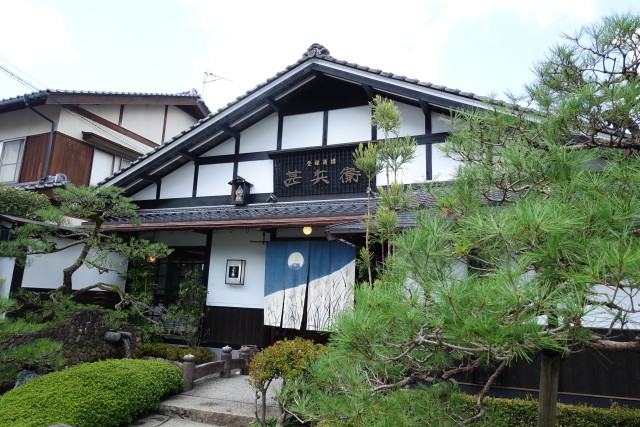
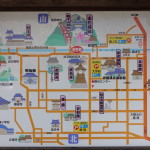
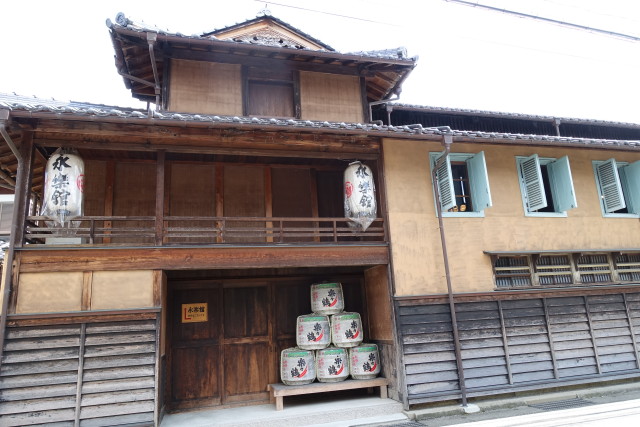
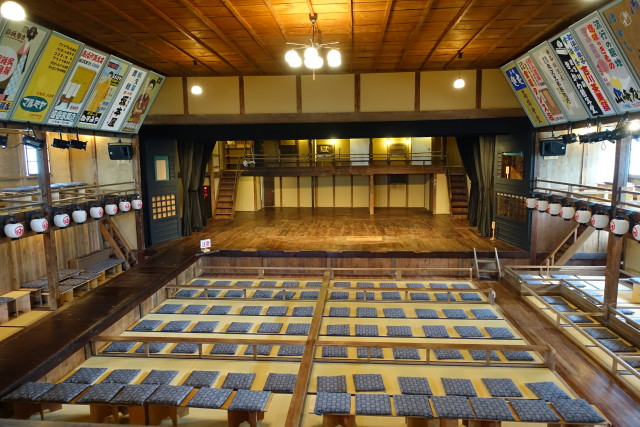
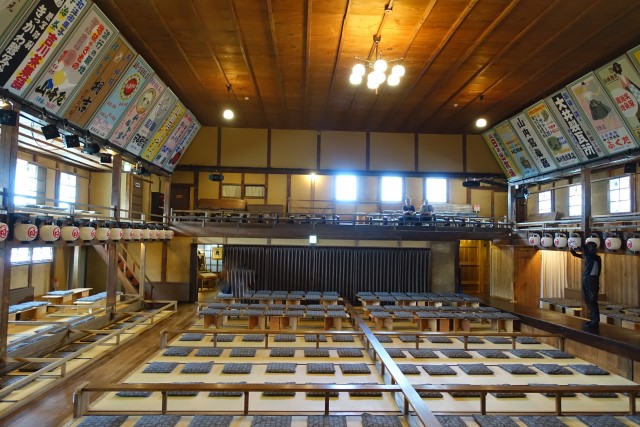

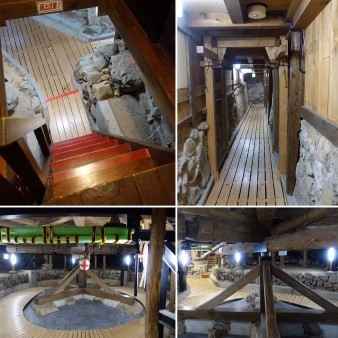
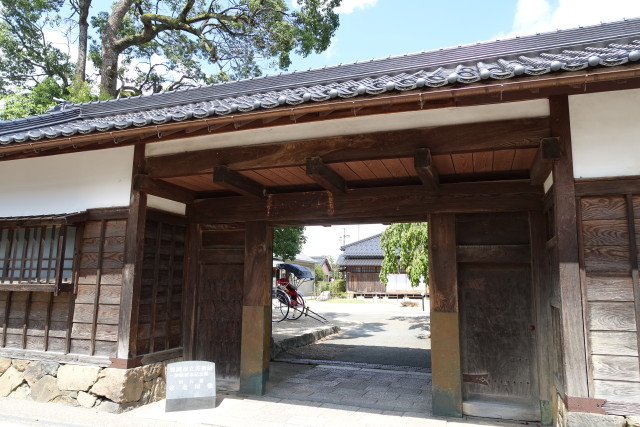
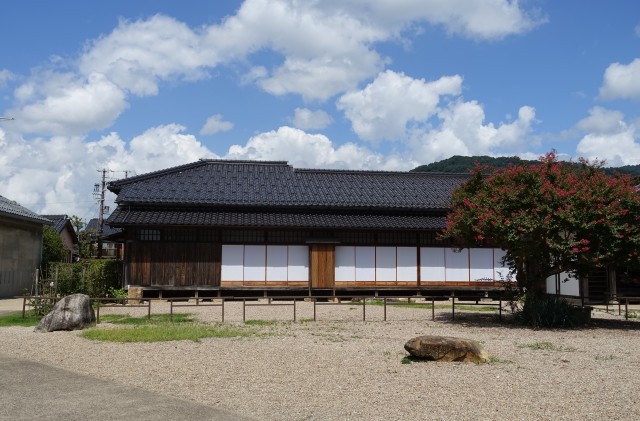
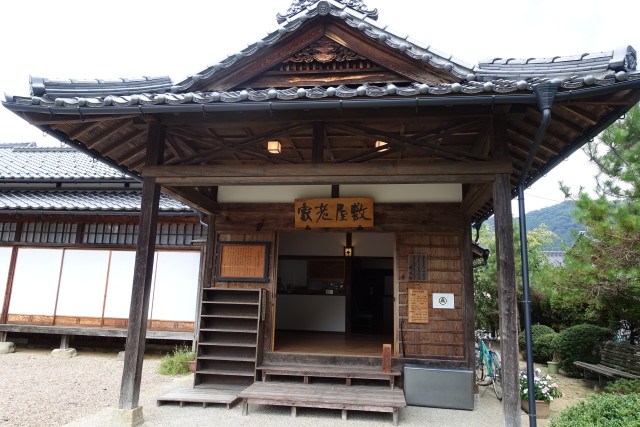
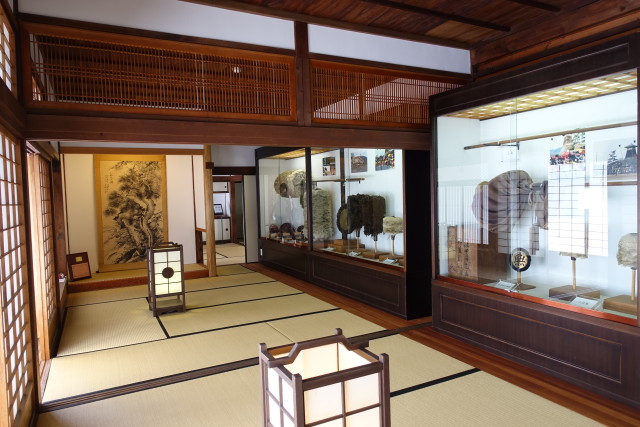
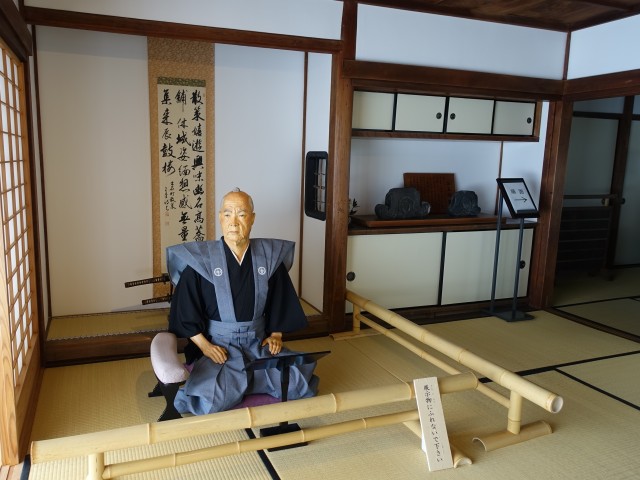
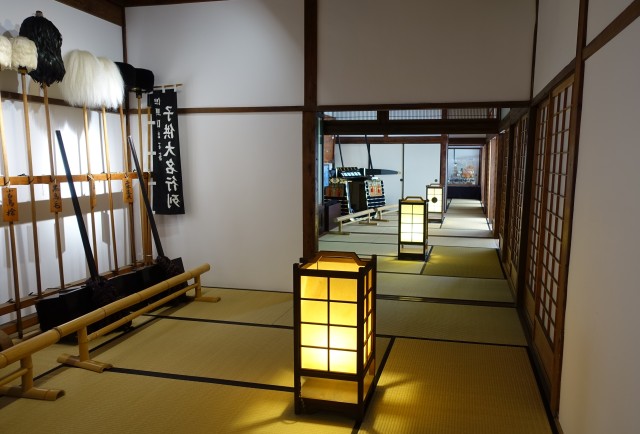
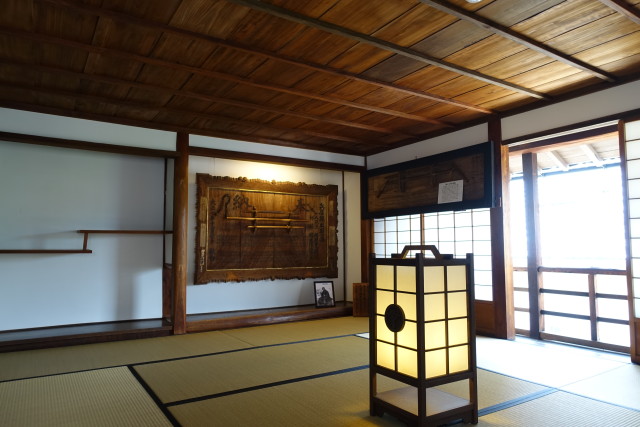
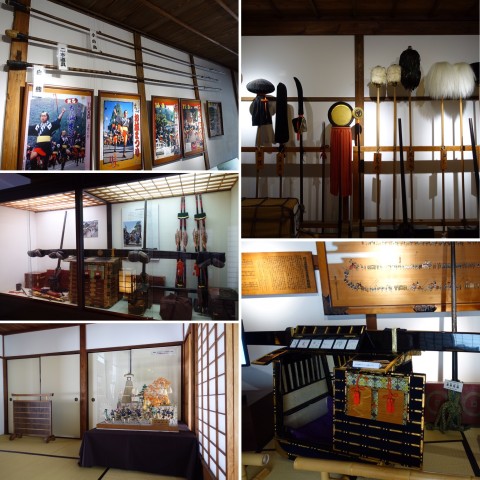
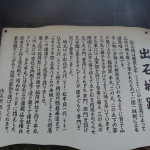
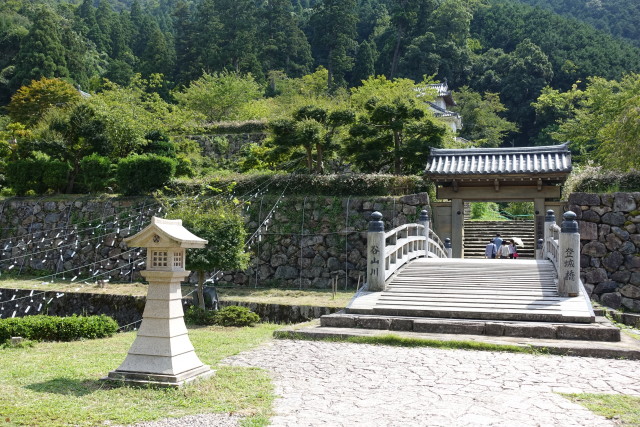
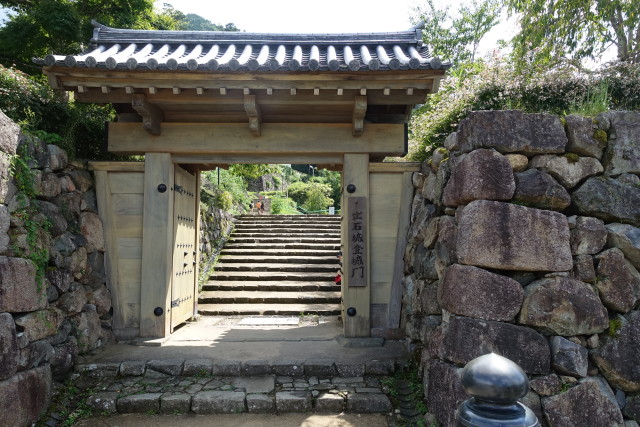
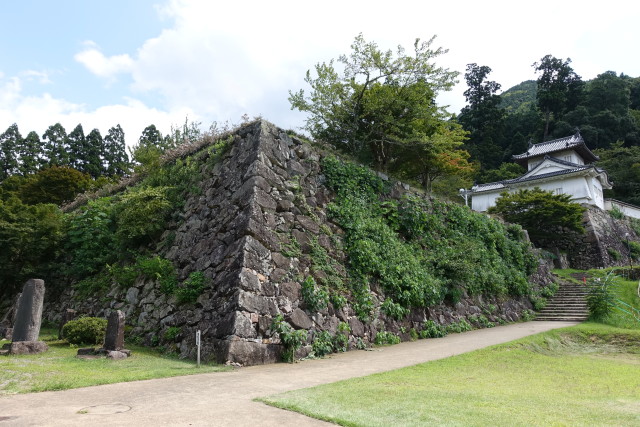


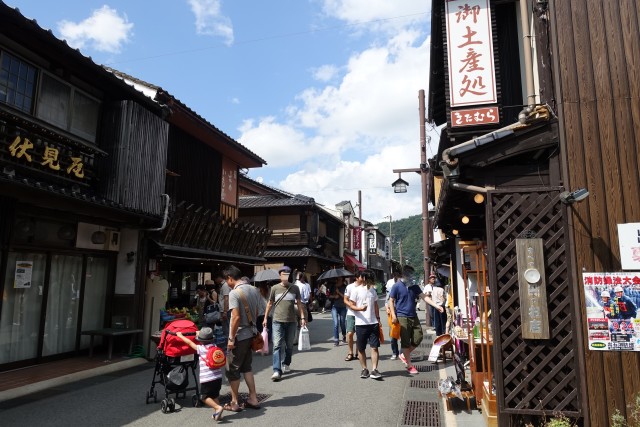
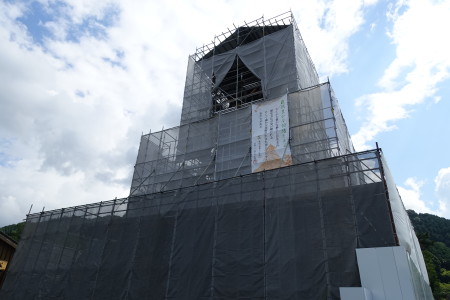
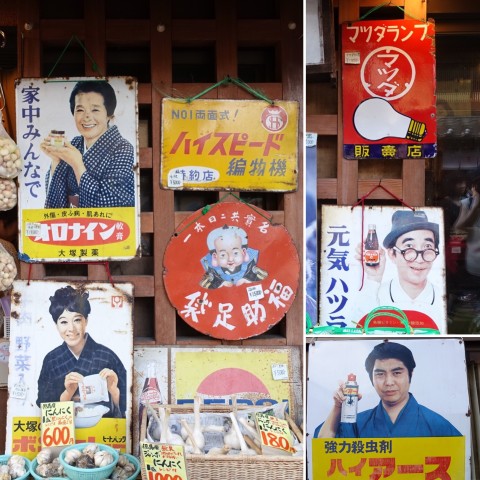
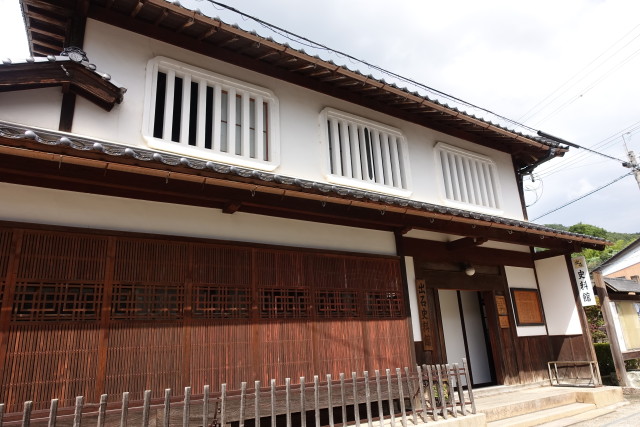
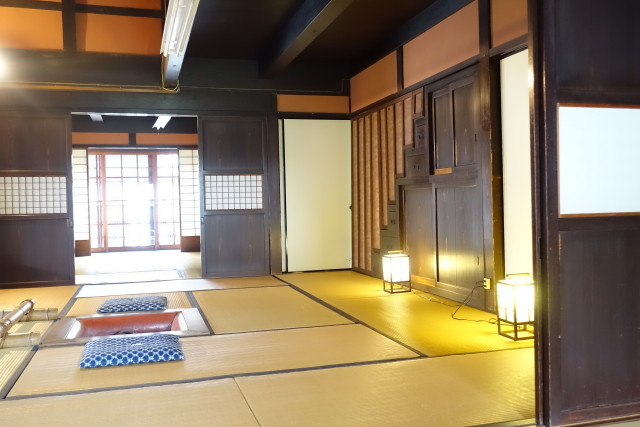
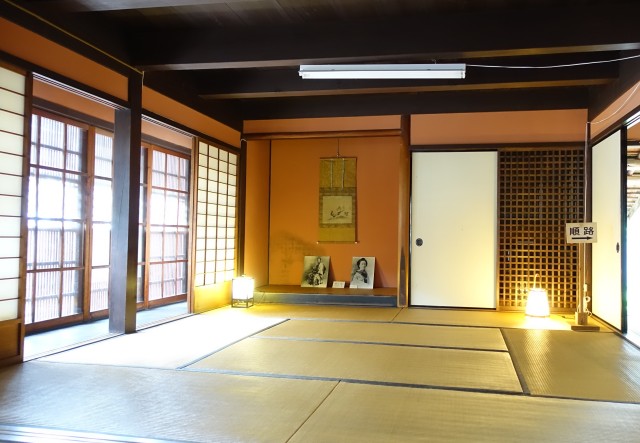
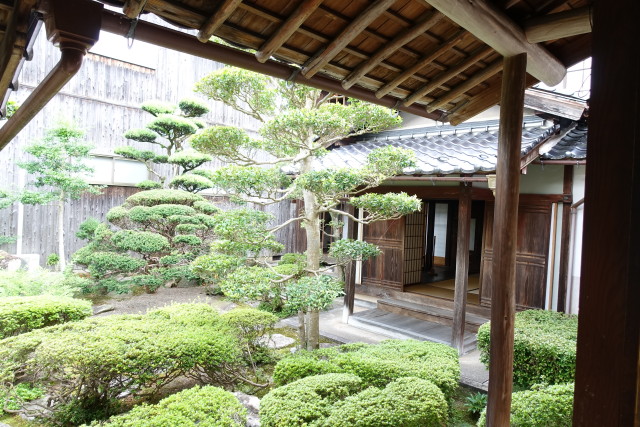
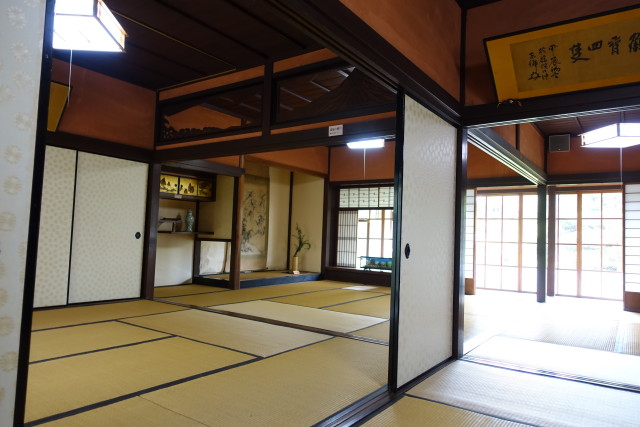
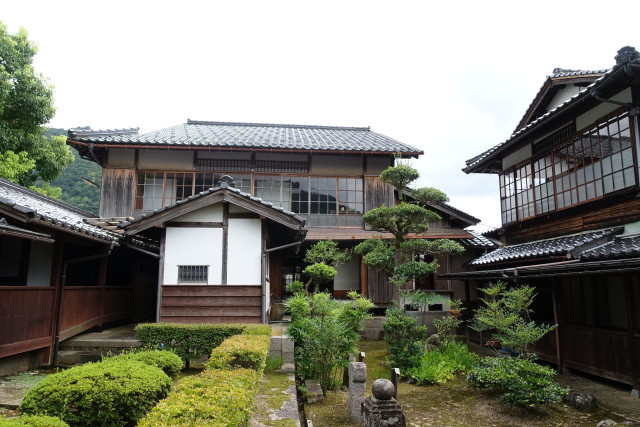
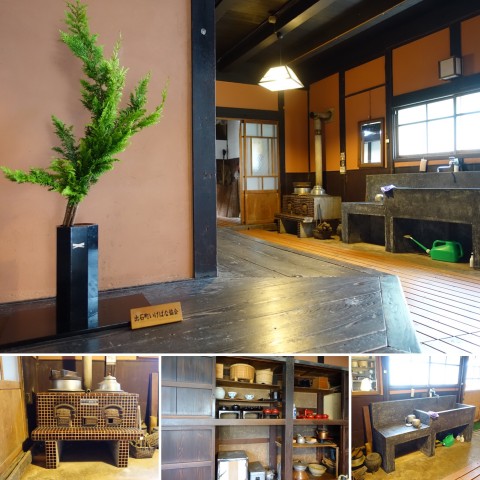
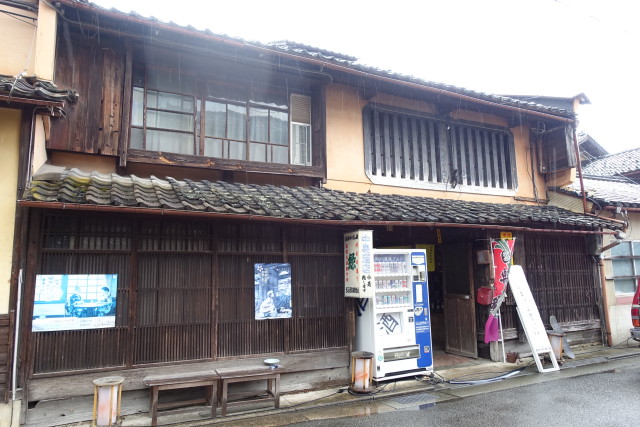
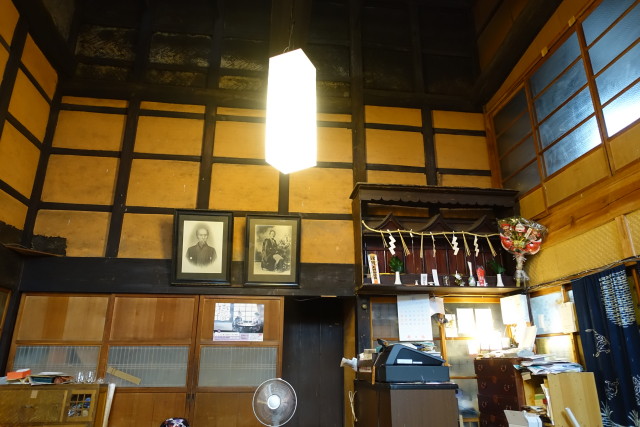
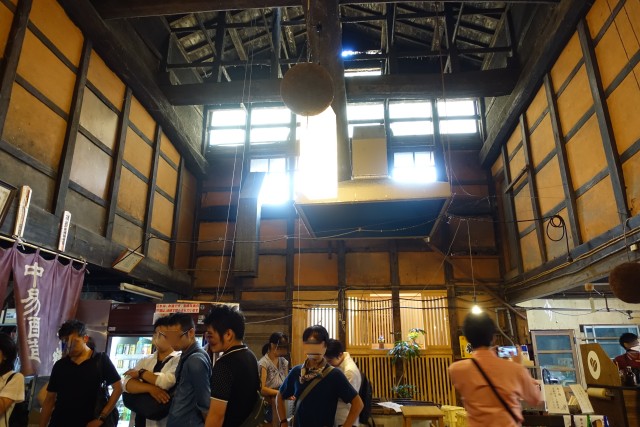
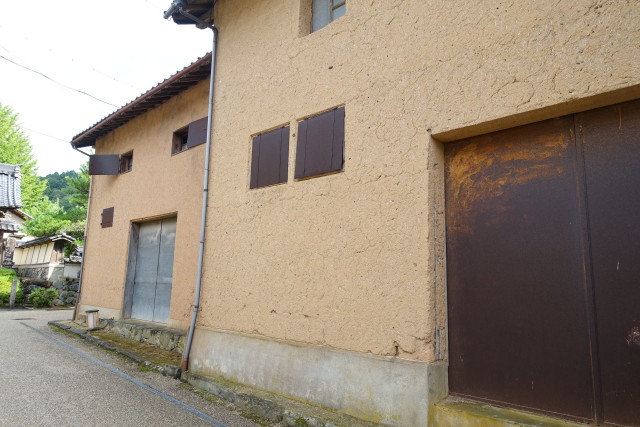
Leave a Reply